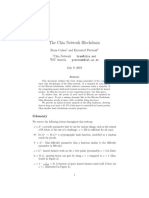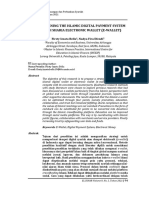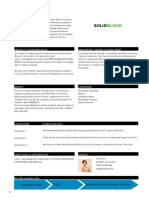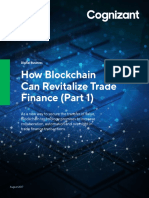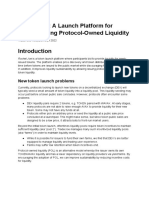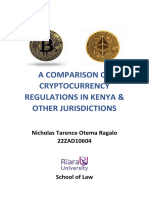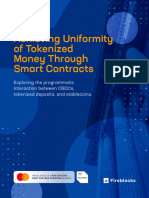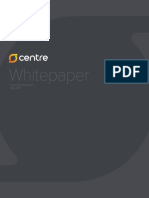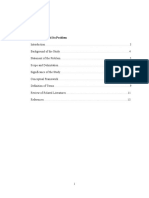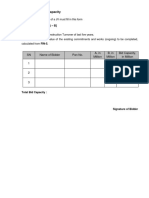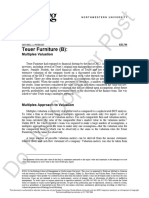0% found this document useful (0 votes)
58 views18 pagesExploring The Emerging Token Economy
The document explores the emerging token economy, focusing on the potential of tokenizing real-world assets through distributed ledger technologies (DLT). It highlights the current state of asset tokenization, its benefits in enhancing liquidity and accessibility, and its application across various sectors including traditional finance and the carbon market. The projected growth of tokenized assets is significant, with estimates suggesting a market value exceeding $16 trillion by 2030.
Uploaded by
Abhishek GuptaCopyright
© © All Rights Reserved
We take content rights seriously. If you suspect this is your content, claim it here.
Available Formats
Download as PDF, TXT or read online on Scribd
0% found this document useful (0 votes)
58 views18 pagesExploring The Emerging Token Economy
The document explores the emerging token economy, focusing on the potential of tokenizing real-world assets through distributed ledger technologies (DLT). It highlights the current state of asset tokenization, its benefits in enhancing liquidity and accessibility, and its application across various sectors including traditional finance and the carbon market. The projected growth of tokenized assets is significant, with estimates suggesting a market value exceeding $16 trillion by 2030.
Uploaded by
Abhishek GuptaCopyright
© © All Rights Reserved
We take content rights seriously. If you suspect this is your content, claim it here.
Available Formats
Download as PDF, TXT or read online on Scribd
/ 18









